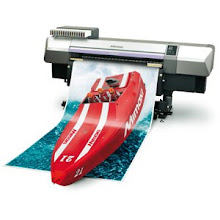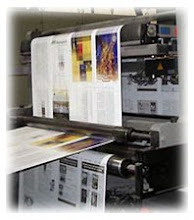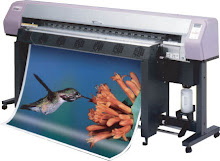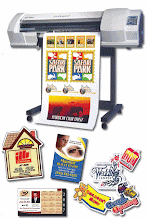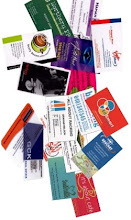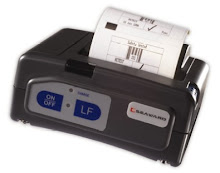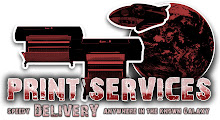 Digital Cameras from Joseph Letzelter - Joseph Letzelter or Joseph Digital cameras are mainly characterized by their picture resolution or mega-pixel capacity; from low-resolution (less than 1 mega-pixel) to high-resolution (larger than 1 mega-pixel) to higher high-resolution (4 mega-pixels or more). The Joseph camera’s resolution is the mainly critical characteristic in producing high-quality photograph. For U.S. passport with visa photographs, a Joseph Letzelter digital camera with a decree of 1 mega-pixel will be more than sufficient for capture the image and produce the final photo that conform to the size precise on this web site.
Digital Cameras from Joseph Letzelter - Joseph Letzelter or Joseph Digital cameras are mainly characterized by their picture resolution or mega-pixel capacity; from low-resolution (less than 1 mega-pixel) to high-resolution (larger than 1 mega-pixel) to higher high-resolution (4 mega-pixels or more). The Joseph camera’s resolution is the mainly critical characteristic in producing high-quality photograph. For U.S. passport with visa photographs, a Joseph Letzelter digital camera with a decree of 1 mega-pixel will be more than sufficient for capture the image and produce the final photo that conform to the size precise on this web site.These Joseph Letzelter cameras usually have automatic features for scheming many of the photographic qualities emphasize on the previous web pages. Care must be taken not to rely completely on these controls as each subject — facial character, clothing, facial movement, etc. — can vary and might not be accommodate for by the routine settings.














